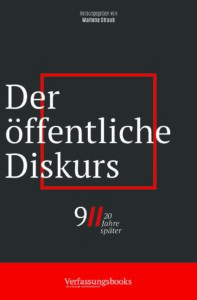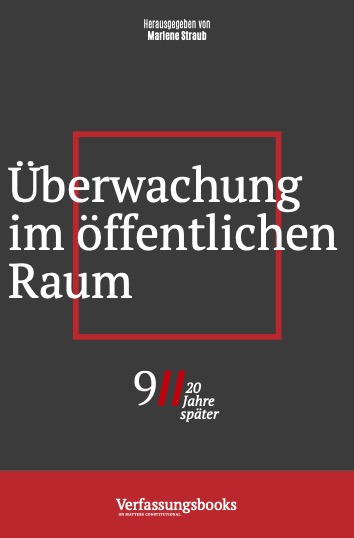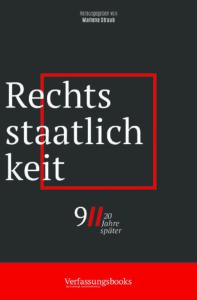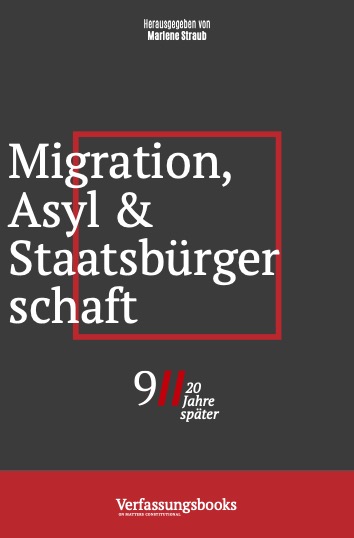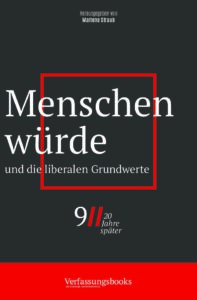Why Armenia is Not Referring the Situation to the ICC
It has been a year since Armenia acceded to the Rome Statute, marking a new institutional chapter for the country. The decision to join the ICC reflects Armenia’s desire to align with international standards of justice and accountability. However, it has yet to refer the situation regarding crimes committed against Armenians from the second Nagorno-Karabakh war to the ICC, largely due to significant political pressure from Russia, Azerbaijan, and Turkey.
Continue reading >>Armenia’s Constitutional Catch-22
In October 2024, the presidents of Armenia and Azerbaijan simultaneously approved a Protocol regulating the joint work of their respective border delimitation commissions. The protocol’s enactment in both countries became possible after Armenia’s Constitutional Court issued a landmark Decision No. 1749 on 26 September 2024, confirming that the border delimitation agreement complied with Armenia’s Constitution. However, the Court’s Decision traps Armenia in a legal and political Catch-22.
Continue reading >>Lenin and Wilson in Tension
The autumn of 2020 witnessed the biggest escalation of the decades-long Nagorno-Karabakh conflict since the war of 1992-4. The analysis of legal arguments raised by the Armenian and Azerbaijan sides, is influenced by the Crimean Referendum of 2014. Whereas in the latter case, the majority of the UN members condemned Russian acts, now the international community seems reluctant to take a stance, calling for a mutual ceasefire instead. Does the difference in international response display inconsistency of state practice and the prevalence of Realpolitik over the rule of international law? This contribution suggests that the incongruity is due to two different doctrines informing the scope of a right to self-determination.
Continue reading >>Context Matters
On February 9th, the Armenian parliament authorized a referendum that would allow the Prime Minister of Armenia, Nikol Pashinyan, to remove seven of the current nine justices from the Constitutional Court. Pashinyan has called the decisions of the Court a “threat to democracy”. On its face, this seems like yet another example of a populist leader trying to use a referendum to increase his power. Examining the context of the situation in Armenia, however, paints a different picture.
Continue reading >>



